GM currently has about eight active vehicle platforms in North America, and many of these platforms share foundation brake technology and systems, like ABS and parking brakes.
Compared to the previous generation of GM vehicles, these brake systems are more robust, yet more precise, and focused on reducing brake noise problems. Nearly every GM passenger car and light truck platform is designed around ceramic brake pad formulations. New caliper and knuckle designs have been incorporated, and small items like guide pins and abutment clips have been redesigned. These changes have helped GM climb the J.D. Power & Associates Initial Quality Rankings in the past five years.
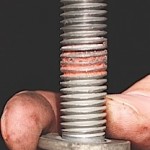
Torque Angles
Some front caliper bracket bolts need tightened to 150 Nm (111 ft.-lb.), and the bolt needs turned 45º and then another 15 degrees. Rear calipers should be tightened to 100 Nm (74 ft.-lb.) and turned 60º. GM advises that the caliper bolts should be replaced every time the bracket is removed.
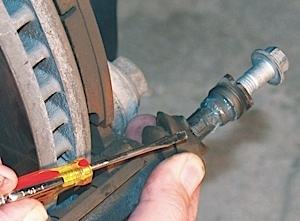
Guide Pins
GM realized that corrosion and contamination of the guide pins and bores were the leading causes of uneven and premature brake pad wear. In order to extend the life of the pads and calipers, GM started using special plating and coating on the guide pins.
Do not use any air tools to remove the guide pin bolts; use hand tools only. Use an open-end wrench to hold the caliper guide pin in line with the brake caliper while removing or installing the caliper guide pin bolt. Failure to take this precaution can cause the pin to spin in the bore and scrape the plating.
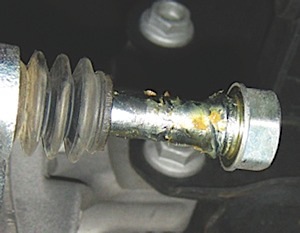
Rotors
In 2011, GM started to use Ferritic Nitrocarburizing (FNC) rotors on some vehicles. FNC rotors were first introduced on the Buick Lacrosse and Regal as well as on the Chevrolet Malibu, Impala and Volt in 2011. FNC rotors will be used on more than 80 percent of GM’s U.S. vehicles by model year 2016.
FNC keeps rotors free of surface rust that causes “lot rot” and leads to brake pedal or steering wheel shudder. Application of the FNC technology involves an additional manufacturing process that heats the rotors at 560º C for up to 24 hours in a giant oven. Inside the nitrogen-rich atmosphere, nitrogen atoms bond to the surface of the steel rotor, hardening and strengthening the rotor. This hardened layer causes the rotor to wear slower and reduces corrosion, which means less brake dust because the largest contributor of visible brake dust on wheels is generated by the rotor.
GM recommends the use of an on-the-car lathe and Brake Align shims to correct assembled lateral runout.
Parking Brakes
Many 2010 and newer GM vehicles now have an electric parking brake switch in the center console that takes the place of the manual parking brake system with a foot pedal or release handle. The electric parking brake is used for more than parking, too. The system can be used for hill starts and, in hybrids, during stop/start engine operation.
The parking brake control module has an internal motor, apply actuator, release actuator and temperature sensor. The parking brake control module also contains the logic for applying and releasing the parking brake when commanded by the parking brake control switch. When the parking brake control module receives a signal from the switch, the internal circuit board temperature is checked to verify it is within operating range before the control module performs the requested operation. The system also adjusts the rear parking brake.
When there is insufficient electrical power, the electric parking brake cannot be applied or released. If the red parking brake light is flashing, the electric parking brake is only partially applied or released, or there is a problem with the electric parking brake. The message “Service Park Brake” will be displayed.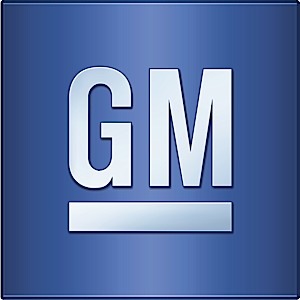
To release the electric parking brake, turn the ignition switch to the ON or RUN position, apply and hold the brake pedal, and push down momentarily on the parking brake control switch. When the electric parking brake is released, the red parking brake light turns off.
If the electronic parking brake control module is replaced, or if there is a concern with either low pedal, noise or the brake is not holding, the module can be calibrated with or without a scan tool on most GM models.
In the event you need to release the electric parking brake and the battery is dead, the EPD typically can be accessed in one of the rear wheel wells. Using a square-drive tool, rotate the mechanism clockwise until the tension is fully released from the parking brake cables. Up to 50 turns may be required until the parking brake cable tension is fully released.
Two-Mode Hybrid Brakes
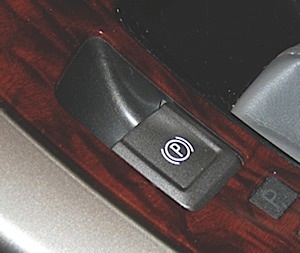 The two-mode full-sized hybrid system has a unique brake pedal feel because the hydraulic system is not the sole provider of vehicle deceleration. The hybrid system blends in regenerative and hydraulic braking forces depending upon vehicle conditions. Over several braking events, the customer may perceive that he or she is applying a consistent brake force, and yet the vehicle may decelerate at slightly different rates. This is a normal operating characteristic to maximize fuel economy. The two-mode hybrid vehicle uses a braking system that employs a high-speed electric motor/pump. Pump operation can sometimes be felt in the brake pedal as the system builds pressure. This is most noticeable to customers who start the vehicle with their foot on the brake pedal.
The two-mode full-sized hybrid system has a unique brake pedal feel because the hydraulic system is not the sole provider of vehicle deceleration. The hybrid system blends in regenerative and hydraulic braking forces depending upon vehicle conditions. Over several braking events, the customer may perceive that he or she is applying a consistent brake force, and yet the vehicle may decelerate at slightly different rates. This is a normal operating characteristic to maximize fuel economy. The two-mode hybrid vehicle uses a braking system that employs a high-speed electric motor/pump. Pump operation can sometimes be felt in the brake pedal as the system builds pressure. This is most noticeable to customers who start the vehicle with their foot on the brake pedal.
Technicians who are disconnecting the battery must wait for a period of at least one minute with the ignition in the “off” position without pausing at “accessory” and without applying the brake pedal prior to disconnecting the negative battery cable. These steps are necessary to allow the brake system pressure relief procedure to occur. Failure to follow these steps may result in warning lamps and/or DTCs being set pertaining to interruption of the pressure relief procedure. Other vehicle systems may also be affected by not allowing a one-minute duration for power-down.













